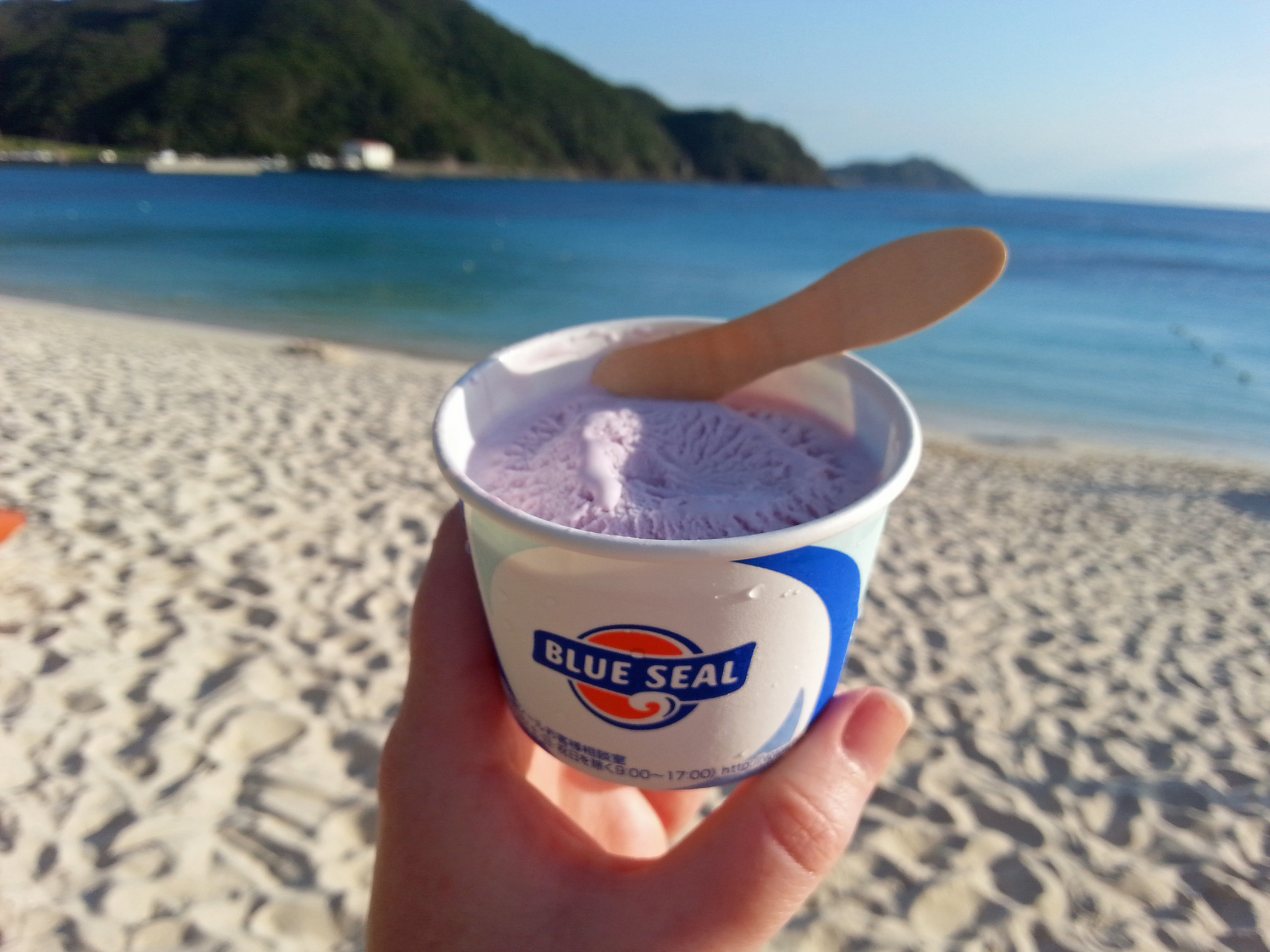Known for its white sand beaches and tropical climate, Japan's southernmost prefecture, Okinawa, also possesses a confused culinary identity. It's a fusion of Western tastes and local ingredients that will have visitors questioning where they've landed.
Okinawa was occupied by the U.S. for 27 years, from the end of World War II to May 1972. Today, despite the reversion back to Japanese rule, the island still has the largest presence of U.S. forces in Japan. So it is no surprise that this overwhelming presence has shaped the culinary identity of Okinawa's islands and resulted in a unique fusion of local and foreign influences.
American soldiers sought to make Okinawa a home away from home and brought with them iconic U.S. brands. Blue Seal ice cream arrived in 1948, originally as Foremost Ltd., the U.S. company established a factory in Tengan Military Base, Uruma, to provide dairy products to the troops. Dairy products were not commonly eaten by Okinawans, but Blue Seal's products spread beyond the military bases as locals acquired a taste for American ice cream. Ten Blue Seal stores are now located across the island. There is no escaping its iconic blue and orange logo, displayed in every convenience store, supermarket and restaurant. These signs proudly boast that the ice cream company was "Born in America, raised in Okinawa." The brand's more than 30 flavors prove it, mixing ice cream with local ingredients such as shikuwasa (a local lime), Okinawan sweet potato, Okinawan salt cookies made with the local Chatan salt and ta-imo (taro) cheesecake. Blue Seal's ice cream is loved like a local food.

















With your current subscription plan you can comment on stories. However, before writing your first comment, please create a display name in the Profile section of your subscriber account page.